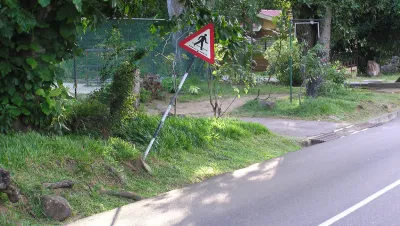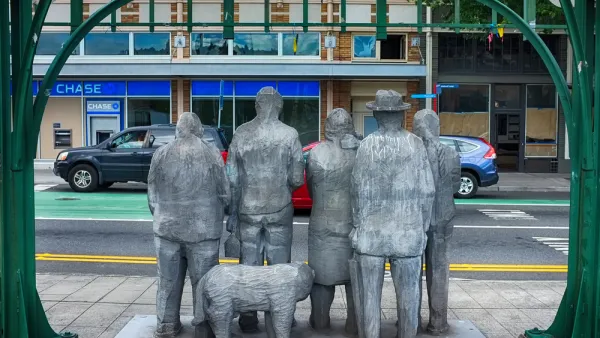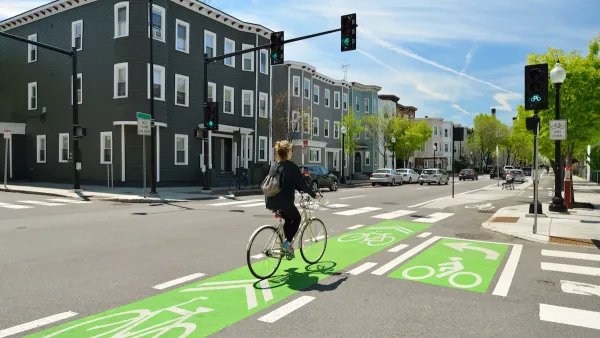Though the quick expansion of complete streets policies is worth celebrating, minority and low-income communities are still being left behind, and killed at a disproportionate rate.

Leah Binkovitz provides coverage of the recently released "Best Complete Streets Policies 2016" [pdf] report, recently released by Smart Growth America.
Previous coverage focuses mostly on the winners of the "best" title and the quick growth of complete streets policies around the country, but Binkovitz chooses a different frame through which to consider the findings of the study: equity.
Across the country, the annual report from Smart Growth America that documents and evaluates Complete Streets policies passed within the last year, found that Complete Streets efforts tended to concentrate in whiter localities. Massachusetts and Washington state alone accounted for 65 percent of all the policies included in the analysis. The report also found that the jurisdictions passing these policies tended to be wealthier. “The median income of communities that passed or updated a policy in 2016 was $59,347,” the report reads, “about 10 percent above the national average of $53,889.”
The other side of this equity coin is the tendency of pedestrian fatalities to occur in low-income communities, and people of color are more likely to be killed by drivers.
Binkovitz also notes that the city of Houston is one of the U.S. cities to add a complete streets policy in recent years, with mixed results in project delivery and increasing fatalities among pedestrians and bicyclists.
FULL STORY: COMPLETE STREETS POLICIES WERE CONCENTRATED IN WHITER, WEALTHIER AREAS IN 2016, ACCORDING TO NEW REPORT

National Parks Layoffs Will Cause Communities to Lose Billions
Thousands of essential park workers were laid off this week, just before the busy spring break season.

Retro-silient?: America’s First “Eco-burb,” The Woodlands Turns 50
A master-planned community north of Houston offers lessons on green infrastructure and resilient design, but falls short of its founder’s lofty affordability and walkability goals.

Delivering for America Plan Will Downgrade Mail Service in at Least 49.5 Percent of Zip Codes
Republican and Democrat lawmakers criticize the plan for its disproportionate negative impact on rural communities.

Test News Post 1
This is a summary

Test News Headline 46
Test for the image on the front page.

Balancing Bombs and Butterflies: How the National Guard Protects a Rare Species
The National Guard at Fort Indiantown Gap uses GIS technology and land management strategies to balance military training with conservation efforts, ensuring the survival of the rare eastern regal fritillary butterfly.
Urban Design for Planners 1: Software Tools
This six-course series explores essential urban design concepts using open source software and equips planners with the tools they need to participate fully in the urban design process.
Planning for Universal Design
Learn the tools for implementing Universal Design in planning regulations.
EMC Planning Group, Inc.
Planetizen
Planetizen
Mpact (formerly Rail~Volution)
Great Falls Development Authority, Inc.
HUDs Office of Policy Development and Research
NYU Wagner Graduate School of Public Service




























